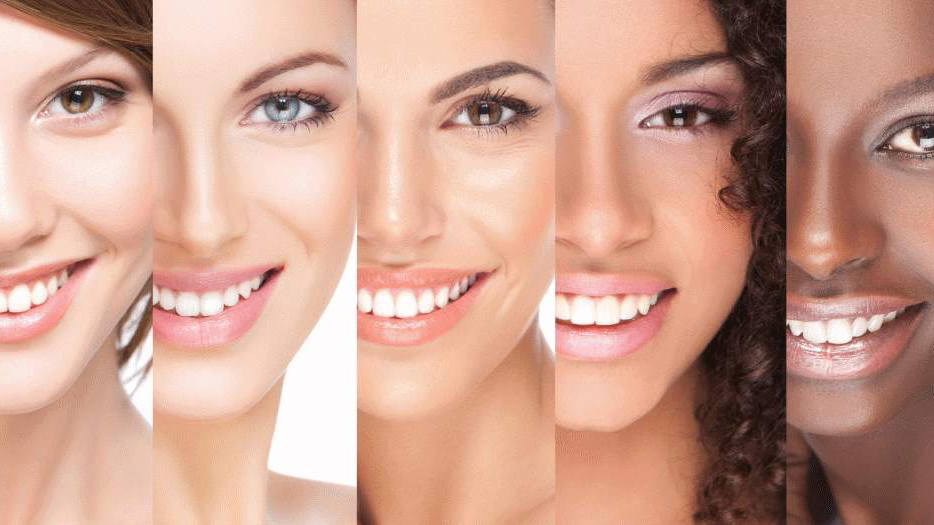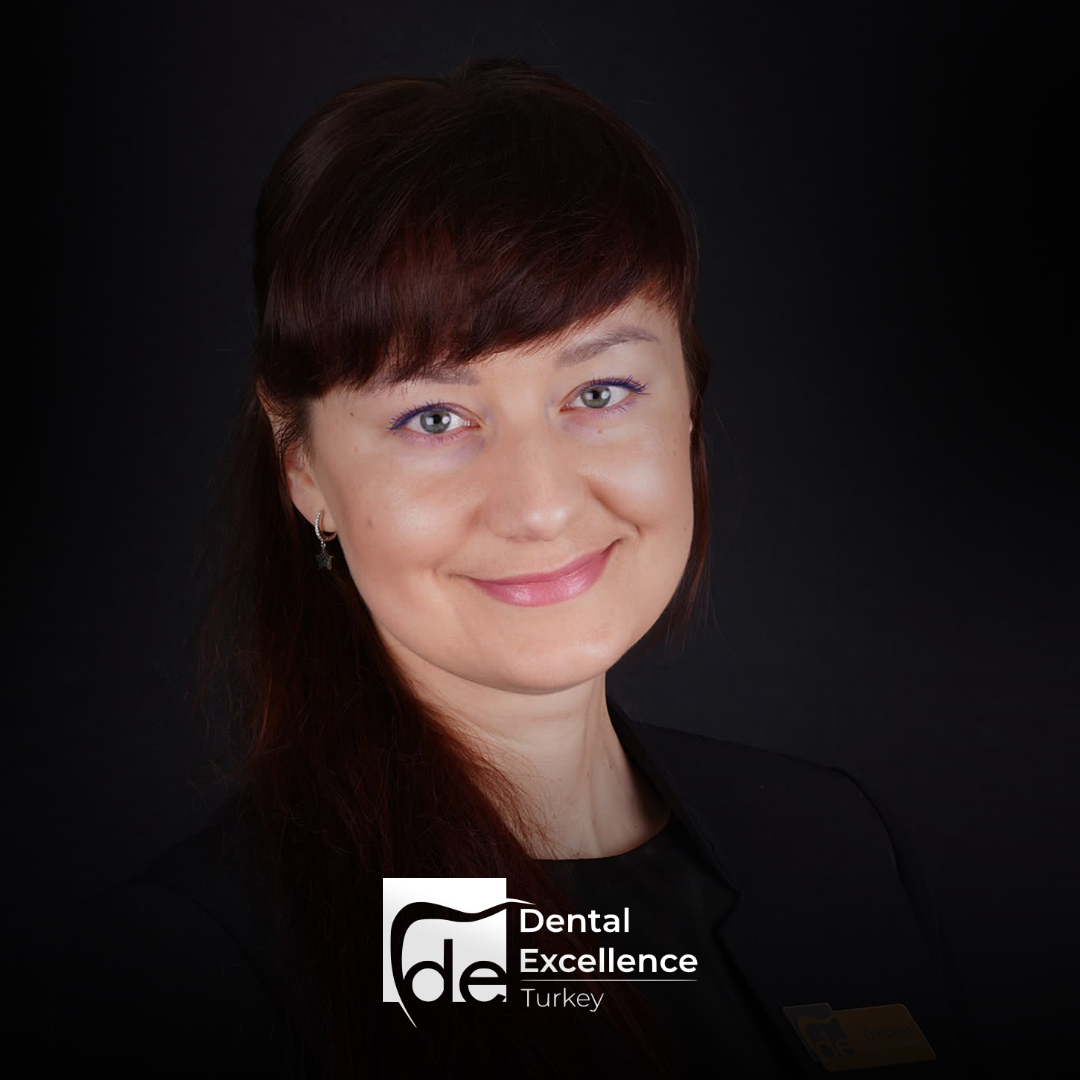Teeth Whitening Procedures And Prices
All About Dental Treatments in Turkey

2. Tooth Discoloration
The etiology, appearance, localization and severity of discoloured teeth vary, and the discolouration is classified as intrinsic, extrinsic, or both according to its location and etiology. Extrinsic discoloration is caused by the habitual intake of chromogenic dietary sources such as wine, coffee, tea, carrots, oranges, chocolate, tobacco, mouth rinses, or plaque on the tooth surface. As for intrinsic discolouration, it can either be caused by systemic or local factors. Systemic causes include drug-related (tetracycline), metabolic, fluorosis, and genetic (hyperbilirubinemia, amelogenesis imperfecta, and dentinogenesis imperfecta). Local causes include pulp necrosis, intrapulpal haemorrhage, pulp tissue remnants after endodontic therapy, endodontic materials, coronal filling materials, root resorption, and ageing.
3. Teeth Whitening Procedures
Few techniques in dentistry are as broadly applicable as teeth whitening. The indications for teeth whitening are direct patient desire for teeth whitening and/or restorative treatment needs involving the overtly visible smile. First, the patient has to desire whiter teeth and more uniform tooth colour. The second indication involves patients with a treatment plan that includes restorative or esthetic dentistry involving the visible dentition. While there are few contraindications, special consideration should be applied in cases of sensitivity, paediatrics, or pregnancy. Existing tooth sensitivity is a potential contraindication.
Teeth exhibiting yellow or orange intrinsic discoloration seem to respond best to vital bleaching. Teeth exhibiting bluish gray discolorations often are considerably more difficult to treat in this manner. Other indications for external bleaching include teeth that have been darkened by trauma but are still vital or teeth that have a poor endodontic prognosis because of the absence of a radiographically visible canal (i.e., calcific metamorphosis). Brown fluorosis stains also are often responsive to treatment, but White fluorosis stains may not be resolved effectively (although they can be made less obvious if the surrounding tooth structure can be significantly whitened).
Depending on the concentration of the bleaching agent, the product will have different indications. In vital teeth, there are different whitening guidelines: clinical, at home and combined treatment.
3.1 In-Office Bleaching
Bleaching of vital teeth can be done by in-office method, dentist-supervised home bleaching or self-bleaching using over-the-counter products. An in-office bleaching, hydrogen peroxide (concentrations varying from 15% to 38%) is directly applied on the tooth surface. To accelerate the bleaching process, the bleaching agent may be “photo” activated using light-emitting diodes (LED), plasma arc, quartz halogen, ultraviolet units, and lasers. Referred to as “power bleaching.” Application of light-activation method leads to a decrease in treatment time and reduction in adverse effects of bleaching materials. LED applications are usually performed in three to four sessions at seven-day intervals.
- The advantages of the in-office vital bleaching technique are that (although it uses very aggressive chemicals) it is totally under the dentist’s control, soft tissue is generally protected from the process, and the technique has the potential for bleaching teeth more rapidly.
- Disadvantages primarily relate to the cost, the unpredictable outcome, and the unknown duration of the treatment. The features that warrant concern and caution include the potential for soft tissue damage to both patient and provider, discomfort caused by the rubber dam or other isolation devices, and the potential for posttreatment sensitivity.
3.2 Home Bleaching
Professionally prescribed home bleaching agent has been proven to be efficient to whiten discolored teeth. Home bleaching is closely monitored by the dentist, thereby ensuring their safety and increasing the effectiveness of the bleaching procedure.
The ‘home vital bleaching’ treatment typically employs carbamide peroxide at concentrations of 10 to 16%, which represents low concentrations of hydrogen peroxide but is performed for a much longer time than in-office whitening, applied in individual trays used at night (nightguard), with four-eight hour applications, or during the day, for a period of two to five weeks.
- The advantages of the dentist-prescribed, home-applied technique are the use of a lower concentration of peroxide, ease of application, minimal side efects, and lower cost because of the reduced chair time required for treatment.
- The disadvantages are reliance on patient compliance, longer treatment time, and the (unknown) potential for soft tissue changes with excessively extended use.
NOTE: To obtain results that are less aggressive to the dental tissues and more durable with respect to the longevity of the bleaching, the current trend is to use a combination of techniques in-office and at-home. It has been shown that patients prefer those therapies which last less time, and combined treatment need more time than the clinical one.
3.3 Walking Bleaching
This technique provided a dependable treatment modality for teeth whitening, but its use was obviously limited to endodontically treated teeth. 30%-35% hydrogen peroxide and sodium perborate either in combination or separately are the most commonly used agents for non-vital bleaching of endodontically treated teeth, in which oxidation reaction and degradation of pigment molecules have resulted.
4. Side Effects And Long Term Stability Of Teeth Whitening
Despite the advantages offered by vital teeth whitening, adverse side effects such as tooth sensitivity, changes in surface roughness, decreases in microhardness, changes in surface morphology and changes in the chemical composition are described in the literature.
Because hydrogen peroxide has such a low molecular weight, it easily passes through enamel and dentin. This characteristic is thought to account for the mild tooth sensitivity occasionally experienced during treatment. Patients may experience transient tooth sensitivity or irritated gingiva between appointments, but no long-term adverse effects of bleaching teeth with otherwise healthy pulps have been reported in the literature.
An educated avoidance (or decreased consumption) of chromogenic foods, particularly during and immediately after teeth whitening, can delay the inevitable color relapse. A meticulous regimen of oral hygiene on the patient’s part also assists in maintaining the whiteness of the teeth for a longer period. Improved home care is often a noticeable and beneficial consequence of whitening procedures, as the patient becomes more personally aware of the benefits of a healthy smile.
Bleaching generally has an approximate lifespan of 1 to 3 years, although the change may be permanent in some situations.
5. Teeth Whitening Costs
The cost of the teeth whitening procedure depends on many factors: the method you were recommended by your dentist and approved by you, brand of material and applying method, also how many sessions you may have during the treatment.
The cost of the teeth whitening in Dental Excellence Turkey you can see below:
Laser Teeth Whitening-Bleaching – £250
Teeth Whitening ( Home Kit) – £150
Intracoronal – £100
In our center we use well – known brands of materials, such as Philips Zoom whitening and Opalescence.
If you would like to learn more about teeth whitening in our center, get in touch with the dental team at Dental Excellence Turkey, or call +905444522524 to schedule an appointment with one of our experienced dentists.
START YOUR JOURNEY
Tell our specialist dentists about your teeth and get a free treatment plan.










